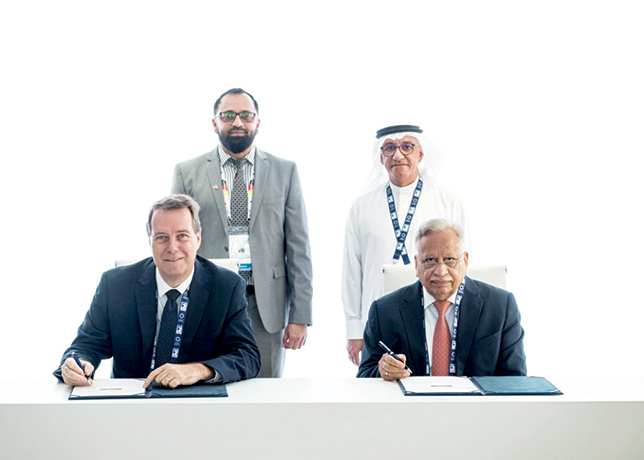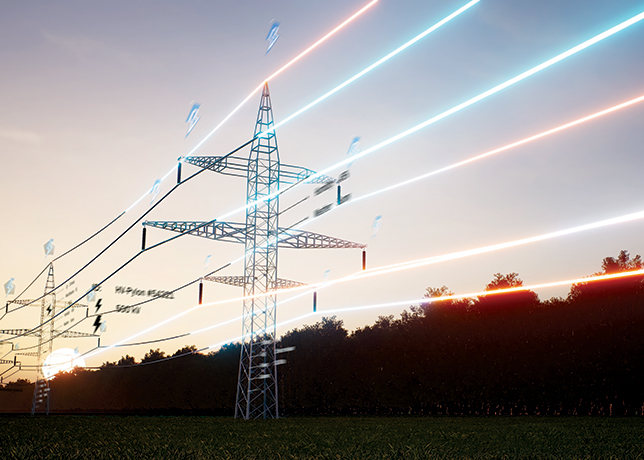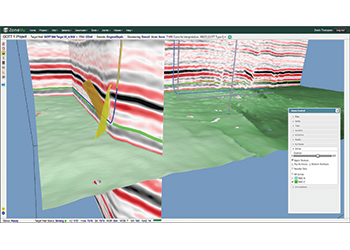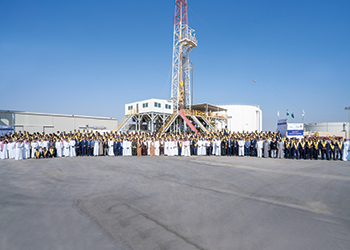
 Wearing the wrong safety eyewear causes 40 per cent of injuries
Wearing the wrong safety eyewear causes 40 per cent of injuries
Using authentic standardised safety eyewear can significantly decrease risks of suffering a devastating occupational eye injury, considering the unnoticeable risks that many day-to-day activities pose
Occupational eye injury can cause lasting and permanent vision damage, potentially disabling a worker for life. However, an estimated 90 per cent of eye injuries can be prevented by using proper protective eyewear, according to leading safety and health authorities globally.
Pushpita Sengupta Patel, General Manager of Optica, tells OGN: "Common hazards include chemicals, corneal flash burns, pollen, dust, and the blunt force of large objects. But proper safety eyewear protects wearers from most hazards."
Protective eyewear includes safety glasses, goggles, face shields and side shields designed for specific activities, he says.
Environment, health and safety programmes across the world state that about 60 per cent of eye injuries in the workplace happen to individuals not wearing any eye protection; while the remaining 40 per cent of eye injuries happen to those wearing the wrong kind of safety eyewear for the task at hand.
Eye hazards exist within many workplace settings and the most common eye injuries are caused by particles or objects, such as glass or dust, striking or scraping the eye. While 61 per cent of eye injuries occur in manufacturing, construction, or trade jobs, they are also common in offices, hospitals, and laboratories. The reason for three out of five workplace eye injuries is that victims were wearing the wrong eye protection or none.
Different types of safety eyewear suit different purposes. The main types include:
• Non-prescription and prescription safety glasses: These are mostly used for protection from dust, chips or flying particles. Side shields and wraparound-style safety glasses provide additional protection from dangers in the periphery. Safety lenses are available in various materials, although polycarbonate and trivex lenses are regarded as the most effective due to their impact resistance. Although sturdier, safety eyeglasses look very similar to regular eyeglasses and can include a variety of optional features.
• Goggles: These provide a protective shield around the eyes to secure against many hazards, including impact, dust, and chemical splashes. Goggles can be worn over prescription eyeglasses and contact lenses for extra security. That’s aside the fact that it provides 100 per cent UV protection for outdoor workers.
• Face shields and helmets: Usually for welding or working with molten materials, face shields and helmets protect from heat. Chemical or blood borne pathogens should be used in conjunction with safety glasses or goggles.
THE RIGHT SAFETY EYEWEAR
There are lots of factors to consider when it comes to choosing safety eyewear and your eye care professional can guide you appropriately based on your work profile. Here are some suggestions to consider:
• All safety eyewear should be made of polycarbonate or trivex lenses which provide the highest level of impact protection (as well as ultraviolet protection, which is a plus for outdoor workers).
• Safety eyewear must meet the requirements set by ANSI or EN and Z87+.
• Safety eyewear must fit you well and have proper coverage with your updated prescription lenses fitted.
"Our eyes are vital and delicate organs. We do not always notice the risks that many day-to-day activities pose. Using authentic standardised safety eyewear can significantly decrease risks of suffering a devastating occupational eye injury," concludes Patel.




































































































.jpg)














